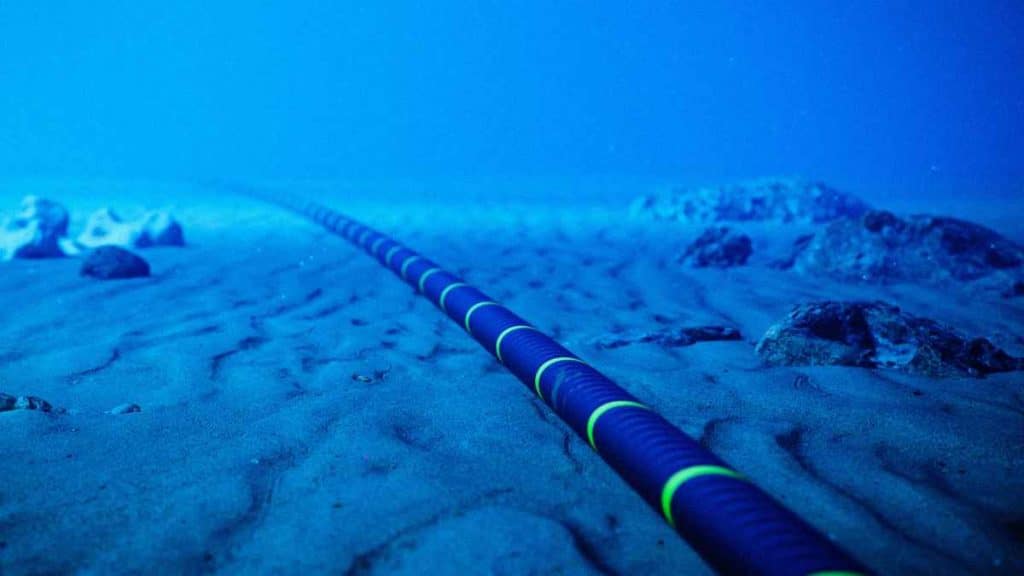Submarine cables are built to be laid at the bottom of the sea or lakes and rivers. This kind of cables are generally used to carry information or electricity. Therefore, it is possible to distinguish two broad categories of submarine cables, namely those prepared for telecommunications and those that, on the other hand, have specific energy transport functions.
Submarine cables must meet specific quality standards to ensure reliable and durable performance. After all, water is corrosive and, over time, is able to wear away even rock. For these reasons, submarine cables are designed with specific robustness standards, but also with the least possible environmental impact on the surrounding marine environment.
A Brief History of Submarine Cables
Submarine cables have existed for many, many years if we think that the first ones in history to be laid underwater were those intended to carry the Morse Signal. A few years later came submarine cables for telephony and digital data traffic, i.e., the Internet, which, today, connects the entire world even over ocean distances.
Innovation in the field of submarine cables has also given a decisive push to improving the quality and pervasiveness of telecommunications. Nowadays, even Antarctica is connected to the continents through a dense network of robust and durable submarine cables.
Submarine cables are the exact opposite solution of artificial satellite, with which they share many uses. They are, however, much older: the first underwater laying of submarine cables took place in 1845 by a Portsmouth firm, which, however, did not continue to invest in this invention.
The experiment in the English Channel
Five years later, in the channel separating France and England, the English Channel, a cable was laid underwater by the Submarine Telegraph company. It worked for just five days, then it was damaged because of a fisherman’s anchor. That was the episode that made the designers realize the importance of equipping the cable with special protections aimed at preserving it from any source of disturbance.
While the first submarine cables were mostly made of resin and had a relatively short life cycle, today technology and innovation have made great strides. It is no coincidence that in 2011 the world’s longest AC power line – named SAPEI – was inaugurated.
Types of Submarine Cables
As pointed out in our introduction, submarine cables are divided into two major types: those for telecommunications and those for energy transport.
Telecommunications submarine cables
The former are designed to carry electrical, optical, analog or digital signals. What characterizes the quality of a submarine cable, in this case, is the bandwidth, that is, the amount of data that can be transferred. With the introduction of fiber optics, the main submarine telecommunications technologies have almost all been replaced by this innovation.
This is because optical fiber mitigates electromagnetic noise and offers greater transport capacities. However, it is subject to signal decays that are compensated for by doping the cables with Erbium atoms and installing repeaters on the route.
Submarine cables for energy transport
These cables, on the other hand, are designed in such a way as to avoid energy losses to water due to the Joule effect. The main technology used is high-voltage direct current because it requires fewer insulating layers and mitigates energy loss. This type of cable also features two electronic inverters arranged at the poles, which are useful in creating the contact interface with the power grid from which it draws power.
In theory, there are two types of circuits. The monopolar one takes advantage of the surrounding ground but is limited by disturbances to magnetic compasses and electrochemical corrosion phenomena. The bipolar one, instead, turns out to be the one that minimizes the undesirable effects of the monopolar model and, among other things, also ensures that wiring costs are lowered: this is why the bipolar circuit is the one generally used.

